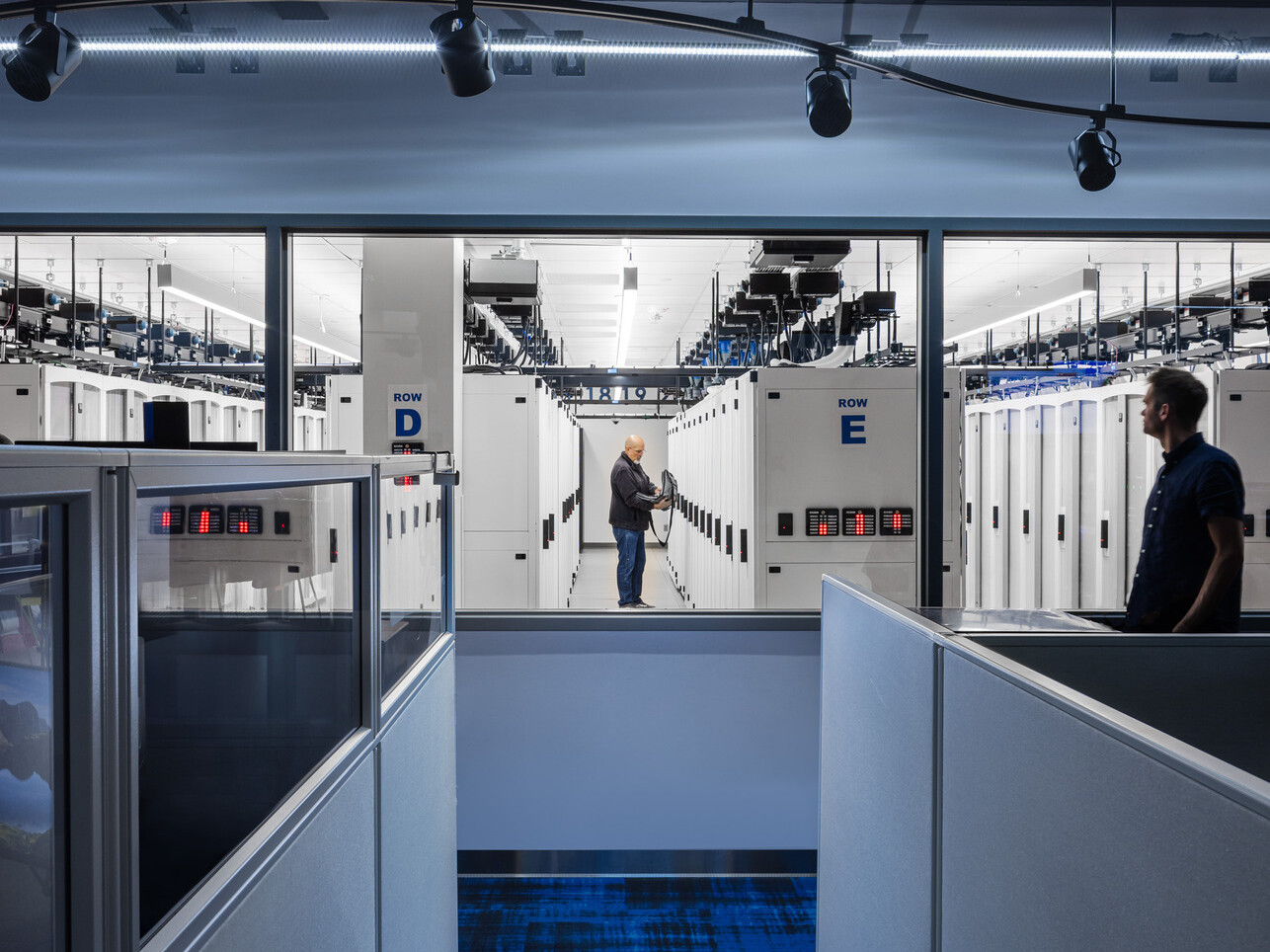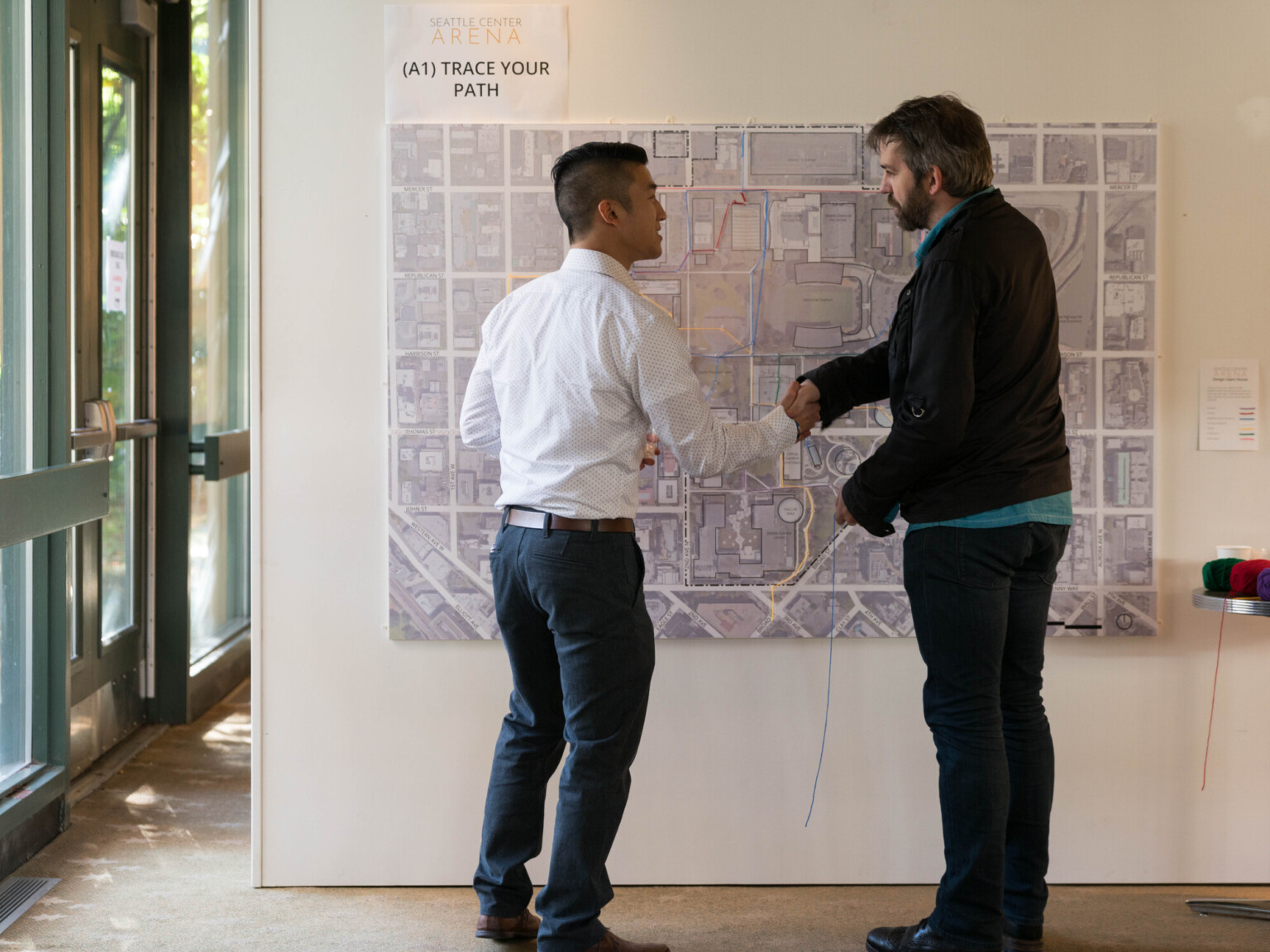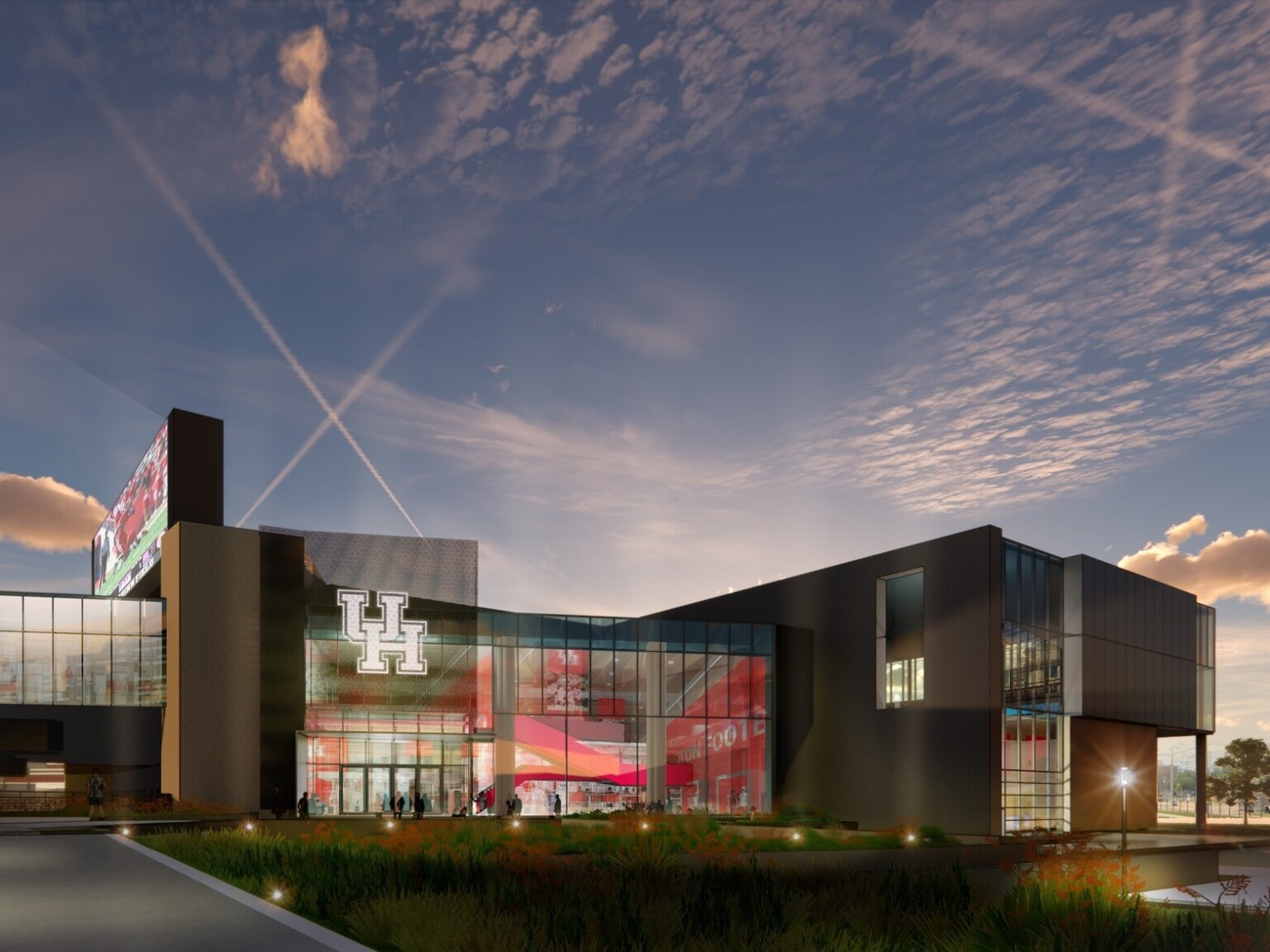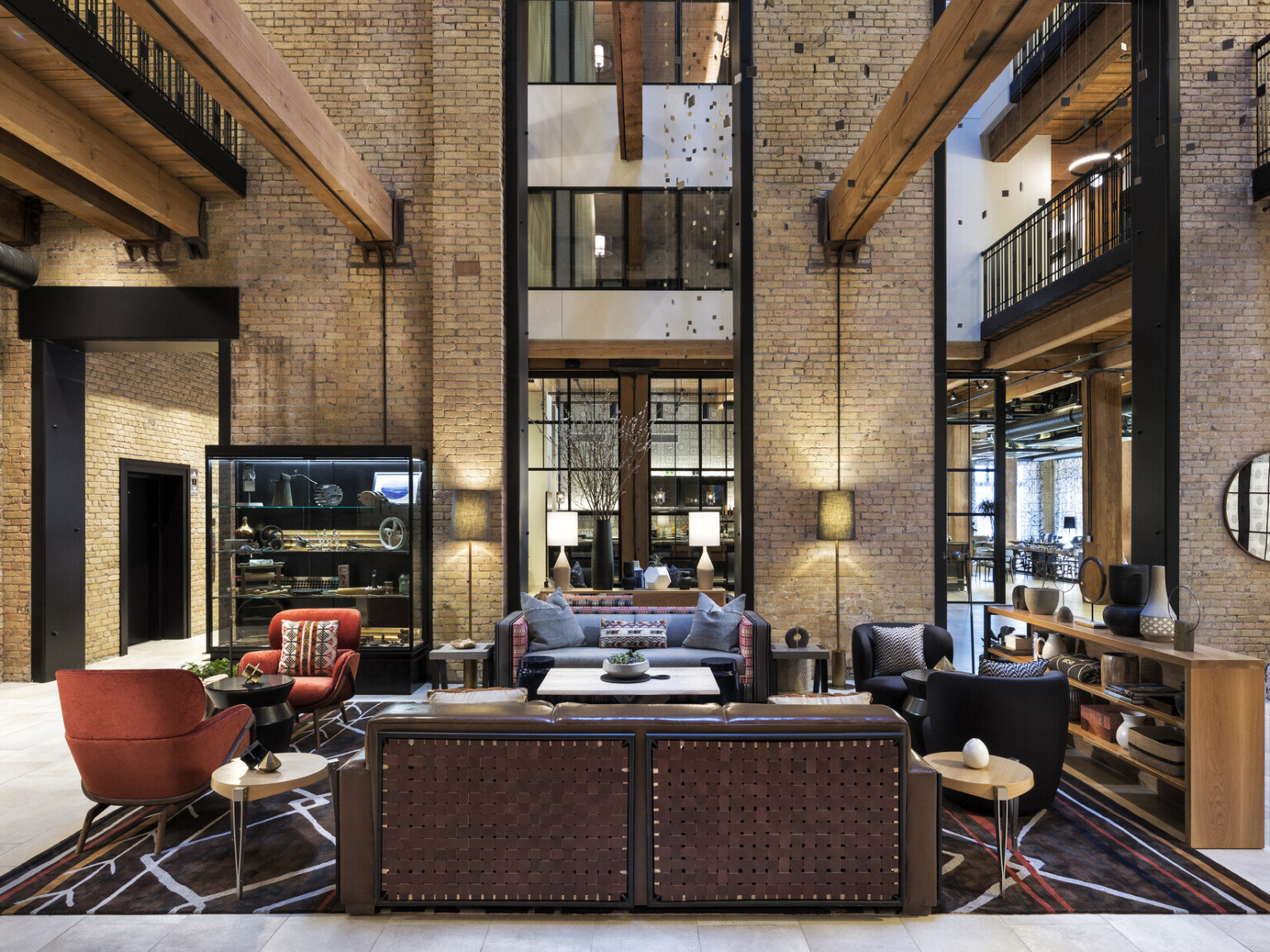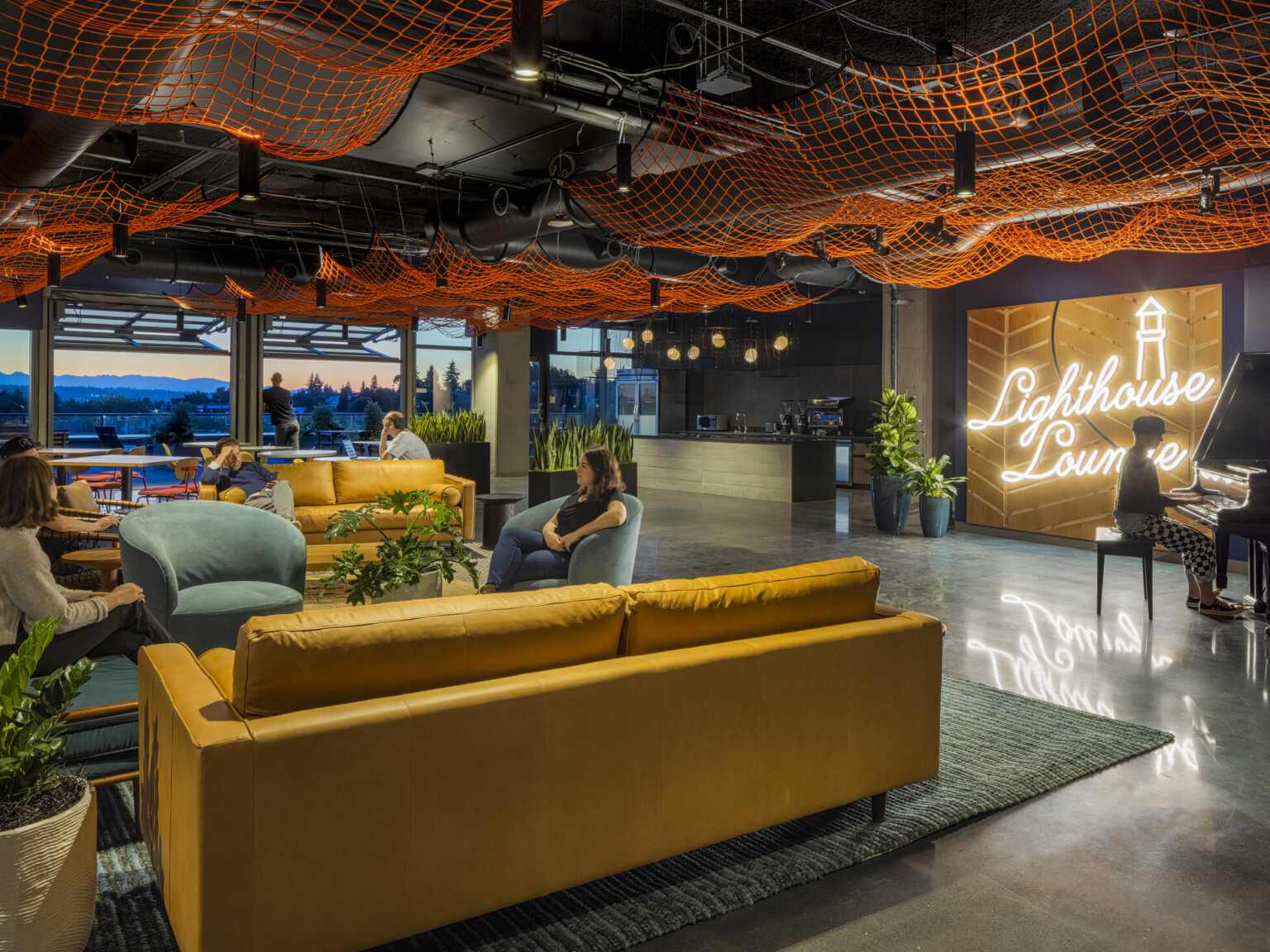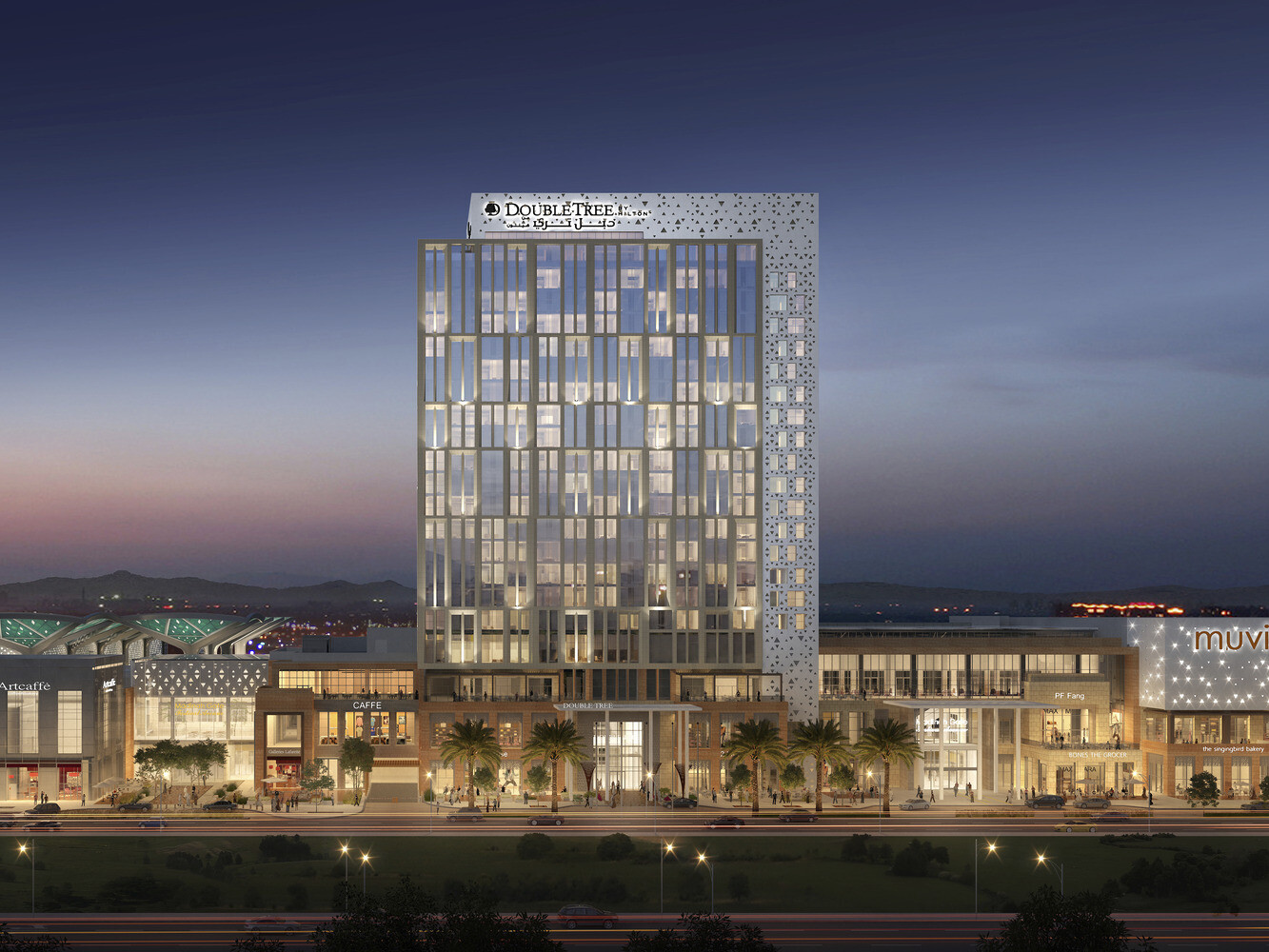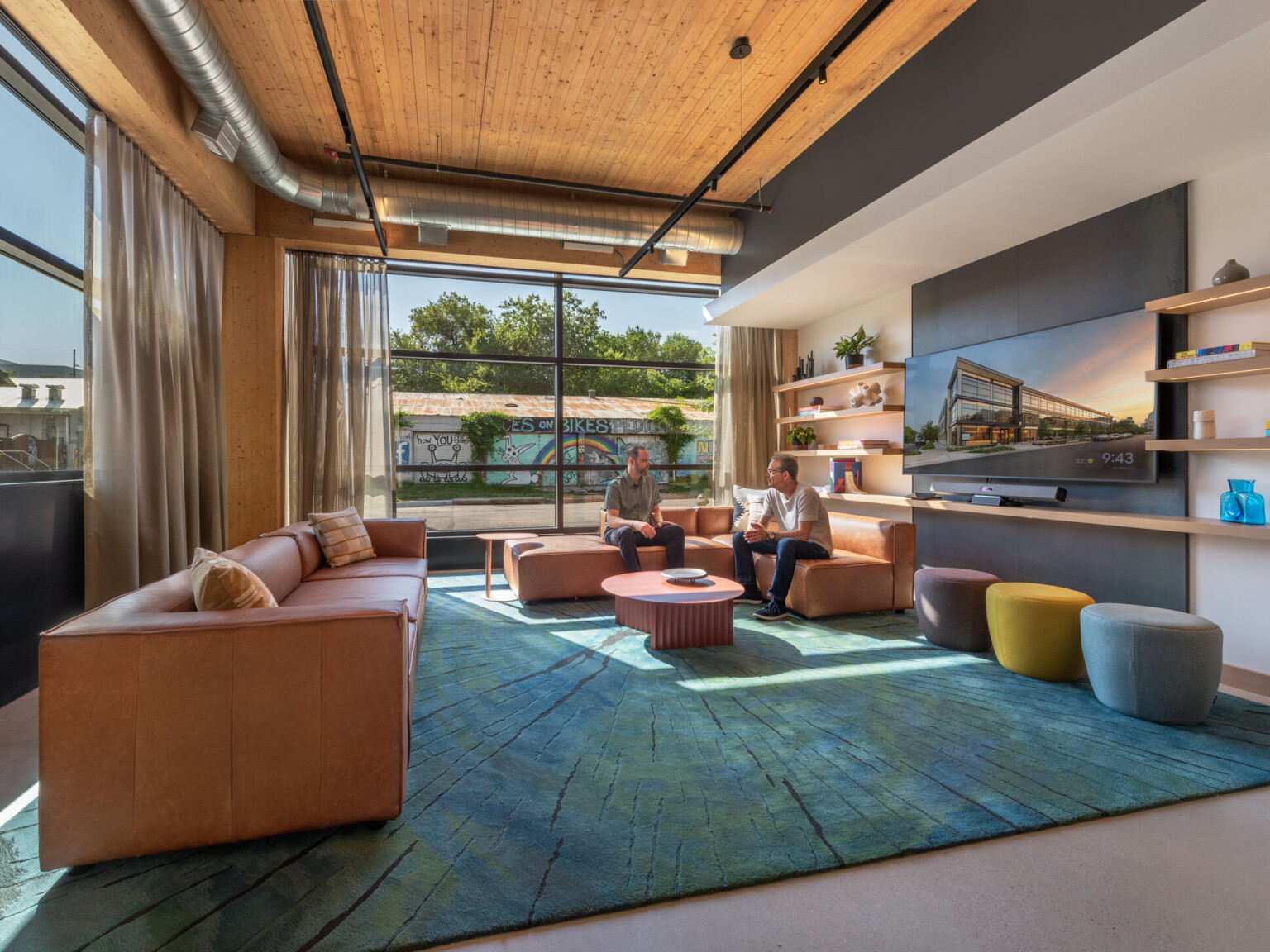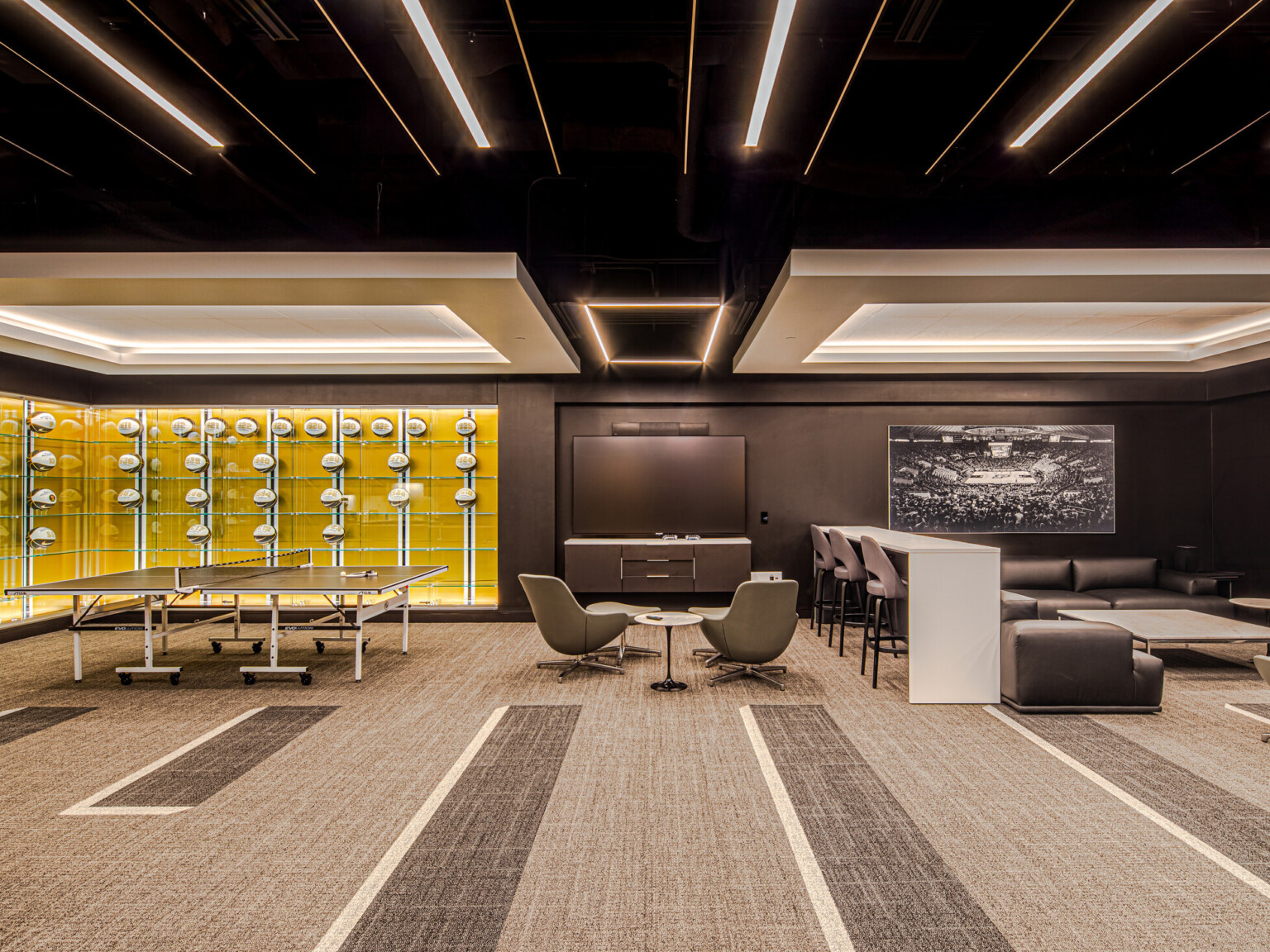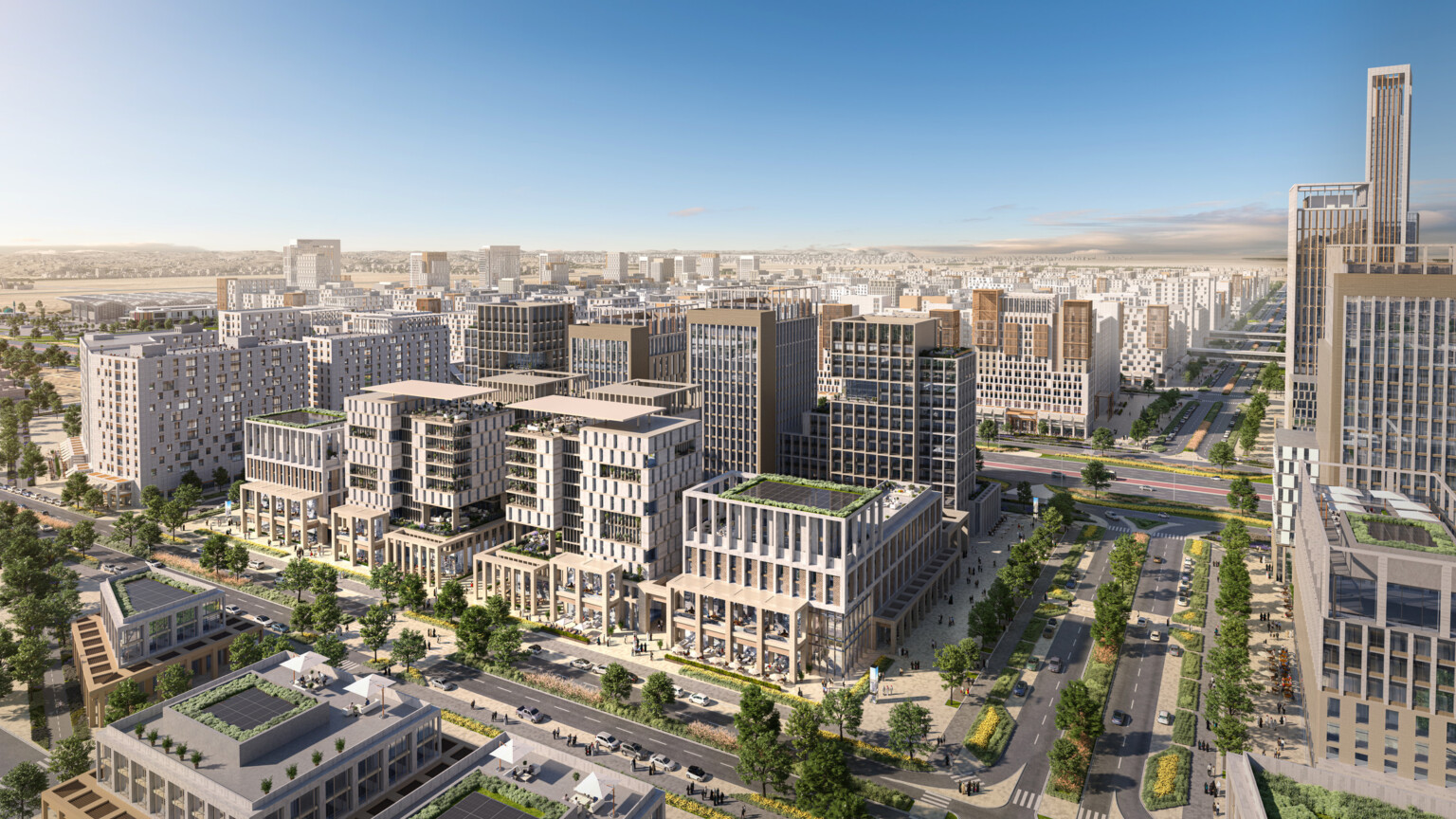
The Future of Urban Planning and Digital Transformation
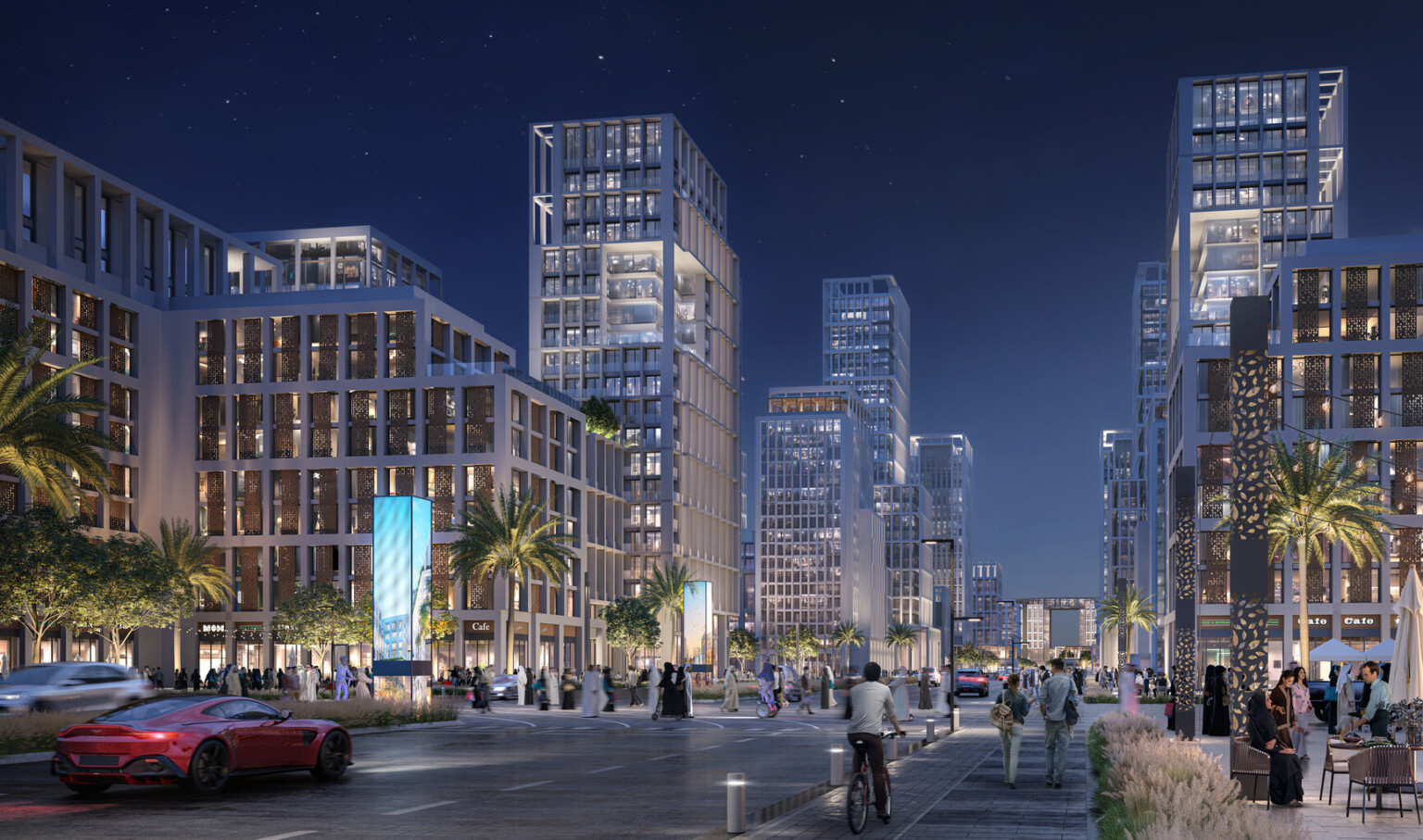
The Importance of Urban Planning
Whether it be unexpected or purposeful, some key common elements of initiating an urban plan are influence, inspiration, and research. Urban planners rely on these pillars to navigate the multiple factors they must consider when creating a new plan, which may greatly affect people’s lives.
When considering influence, the development of urban plans relies on their structure. This structure provides crucial insights for urban planners to understand the desires and preferences of residents, including the quality, functionality, and features they value in their surroundings and daily lives. The economic, political and social relationships connected to an urban plan, whether designing for the local community or the suburbs, influence the urban structure.
Therefore, even with a brand-new urban plan, it will inevitably form and shape around the cultural traits and social patterns associated with its context and people. This implies the necessity of modifying our urban planning methods and guaranteeing that our strategy is flexible and adaptable to the particular time, location, and context.
When we open ourselves up to inspiration from our built environment, it can expand our research palette and enhance our understanding and utilization of the information and knowledge we acquire. An urban planner continually observes their daily life, analyzing how a commute or experience could be improved and how it can inspire future projects.
People outside the urban planning field may not realize that their daily experiences, shared by many in their community, is the product of successful urban planning. Alternatively, these experiences might reflect neglected infrastructure and uncontrolled growth caused by the lack of good urban planning initiatives.
Visiting different cultures and places in person helps us understand how our urban environments lack or excel. Experiencing daily life in various contexts offers new perspectives and ideas, highlighting the sensory aspects of urban planning. Inspiration often comes from stepping out of familiar comfort zones and exploring new possibilities. For urban planners, finding such inspiration is crucial to keep future planning schemes aligned with evolving demands, tastes, and advancing standards of livability and sustainability.
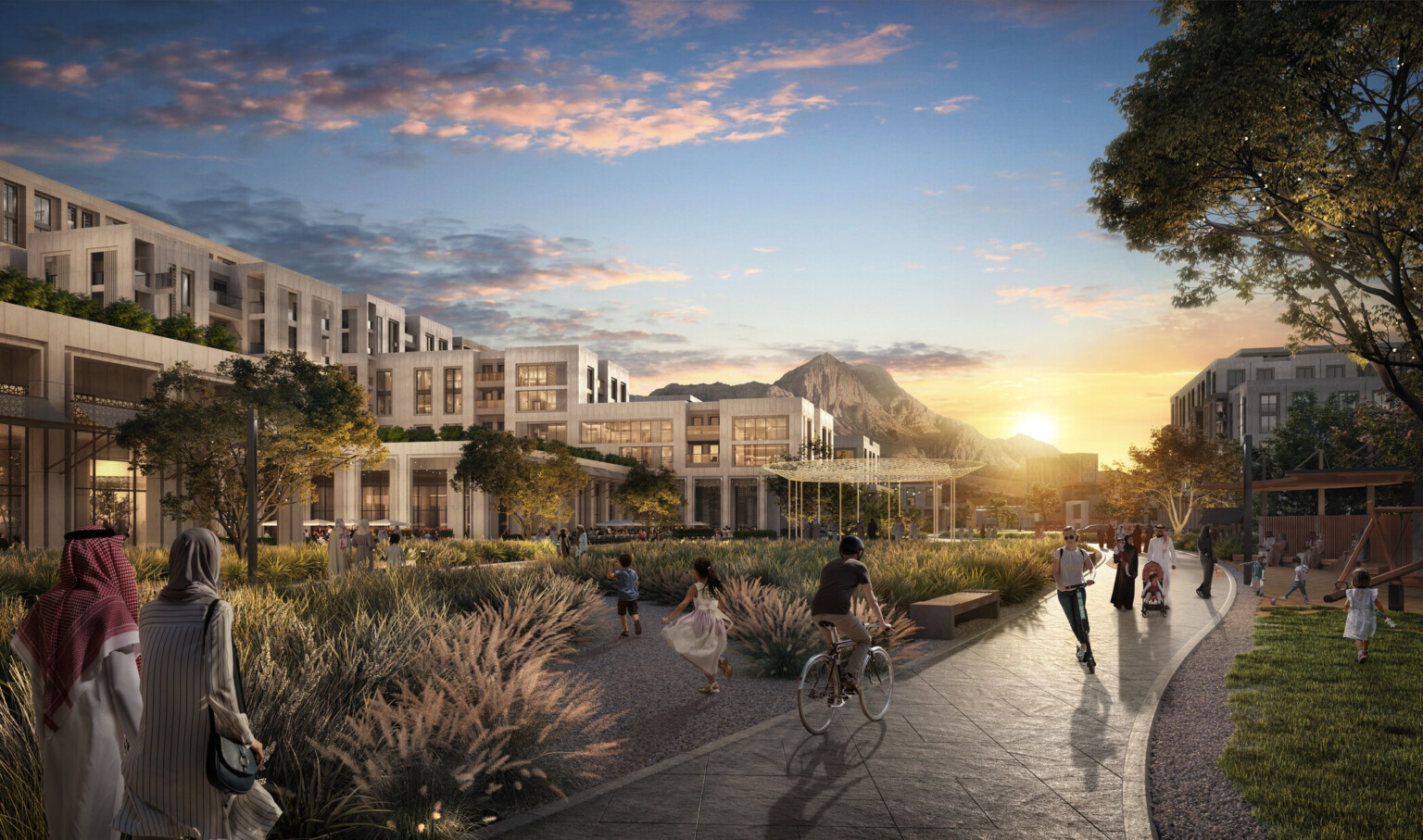
The Evolution of Urban Planning
Urban planning as a practice has now become more accessible compared to ten years ago: manual tasks are now automated by coders and software designers, reducing production time and improving client satisfaction in the design process.
The rapid advancement of technology has greatly influenced urban planning trends, as clients seek more personalized and tailored approaches to satisfy market desires and needs. This would occasionally mean prioritizing one aspect over the other, in order to attract investors and maintain a competitive edge. The evolution of urban planning involves specialists and digital experts working together to design revolutionary solutions and tools, in collaboration with designers and urban planners.
Technological advancements in urban planning are resulting in clear gains, including time and cost savings, as well as increased efficiency in the design process. Urban planners can now use advanced tools to convey their ideas in a convincing and engaging manner. One example of this is the progress made in Building Information Modelling processes, which integrates buildings, master plans, and landscape designs into one software. This allows for further tools, data collection, and analysis methods to test the design and communicate back to the overall model before the final drawings get published.
In addition to this, the use of digital tools, data collection, and analysis methods to visualize and comprehend urban planning schemes at larger scales ensures greater confidence and attraction to investors, that in turn allows clients to foresee the realization of their ambitions and timelines much further into the future than previously possible. However, a developing practice is on the rise where urban planning schemes are created exclusively by digital machines using AI, while minimizing human involvement. The credibility and risks of this practice in urban planning are still debated today.
Other technological advancements are driving change in important areas such as sustainability, where urban planning finds environmentally friendly solutions and new travel strategies. This in turn means that traffic is decreasing in new urban planning schemes because of increased reliance on public transportation and shared lightweight or electric travel methods.
The Knowledge Economic City master plan in Madinah, KSA, is an exemplary master planning scheme that demonstrates this practice with cycling, scooter networks and pedestrian walkways. The master plan is designed as a transit-oriented development that consists of a strategically unified mobility network. Within this mobility network, you can travel using cars, BRT lines, shared electric cycling, scooter networks, and pedestrian walkways, creating a sustainable and interconnected system.
Shared electric scooter and bicycle stations, electric charging stations, bus stops, drop-off points, and other amenities like air mobility travel access, seating areas, gathering spaces, visitor centers, and retail stops can be found in mobility hubs of different sizes, such as the ones in the KEC master plan.
These mobility hubs serve as both transit hubs and vibrant social activities clusters, reinforcing the KEC master plan’s urban framework. This master plan is a prime example of using sustainable advancements to prioritize people over cars and create human-centric solutions that bring together people, activities, buildings, and public spaces in unprecedented ways.
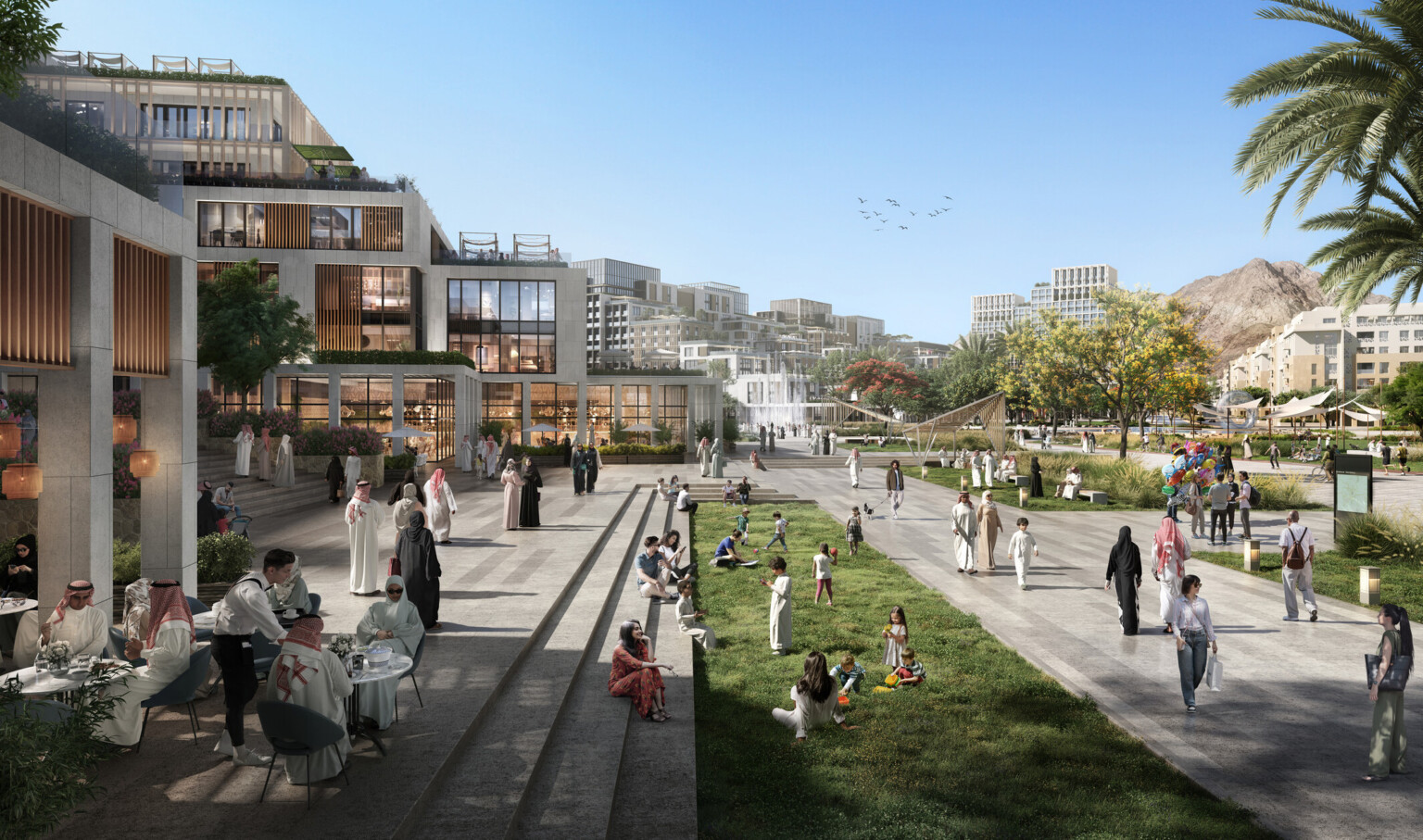
The Future of Smart Cities
Smart cities are designed to improve people’s quality of life by integrating technology within the actual infrastructure of the city. Dubai is a great example of connecting networks and services through technology, allowing for easier communication and collaboration between public and private entities, and resulting in a more efficient city-wide intelligent network.
From an urban planner’s perspective, the city of Dubai enables designers to comprehend neighborhood requirements by sharing standards and guidelines based on analysis of the city’s performance and data collected. This results in unique and innovative design proposals that directly respond to a city’s needs. By implementing the latest technologies from the early stages of projects, the city is further promoting and sustaining its smart city goals.
Dubai has consolidated all city services and data into online tools, allowing people to easily access and manage their daily needs. For urban planners’ research and development, Dubai’s centralized digital platforms are a valuable source of information. By using real-time data, this approach encourages communication and collaboration among community members, government entities, city designers, and planners driving analysis and innovation.
Another tactic that is going to revolutionize this city is their use of ‘Digital Twins’ to achieve smart city goals by creating a digital copy of the city for real-time data analysis. This would primarily be created for access to government entities, city designers and planners, and it would enable effective management of the city through a more robust and informed decision-making process for the future development of Dubai.
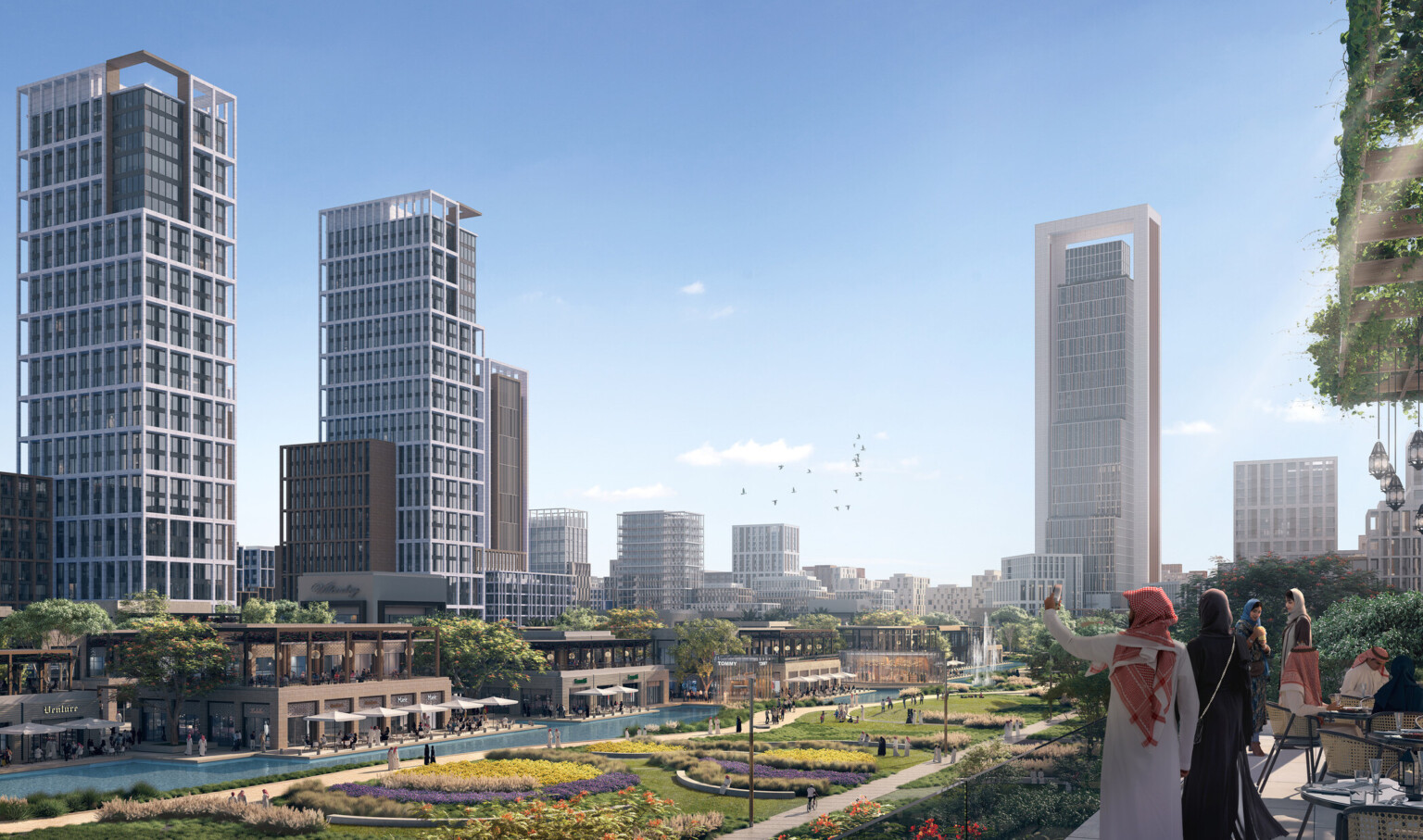
Cities in the Sky
Advancements in technology have made it possible to turn ambitious, imaginary visions of future cities into reality. We are witnessing a challenge to the conventional norms of urban planning today, as established rules are being broken to redefine the components that constitute an urban plan and its shape.
In response to increased competition, urban planning schemes are now focusing on vertical construction, reimagining the dimensions and functionality of urban spaces. The progress of technology and AI enables us to envision future cities that are resilient and adaptable to change, with improved prediction and response capabilities for unforeseen challenges.
When designing future cities, it is essential to consider and respond to the surrounding environments and contexts, and to incorporate lessons learned for better outcomes. The field of urban planning is constantly evolving, adapting to new challenges and opportunities. Urban plans must now incorporate a wide range of functions, including mobility, job creation, social equity, energy efficiency, and climate solutions.
The urban planning process incorporates key growing requirements by allocating uses, parameters, and design guidelines for the built environment within a scheme. It’s crucial to carefully consider the sources of information used in research today, to avoid data biases or misleading facts found online. Hence, receiving direct feedback and input from the community is crucial.
Urban planning’s growing influence highlights the challenge of shared responsibility for urban planners and communities. Community participation and input can guide urban planners by influencing, inspiring, and informing research, ensuring unbiased data collection straight from the source.
Community involvement and participation are crucial components for successful urban planning interventions and achieving a collective shared vision.
It is also from this perspective that it can be understood why the continuous re-alignment and questioning of the definition of urban planning is so important, how it is changing, and how much of a role we play in its future.

